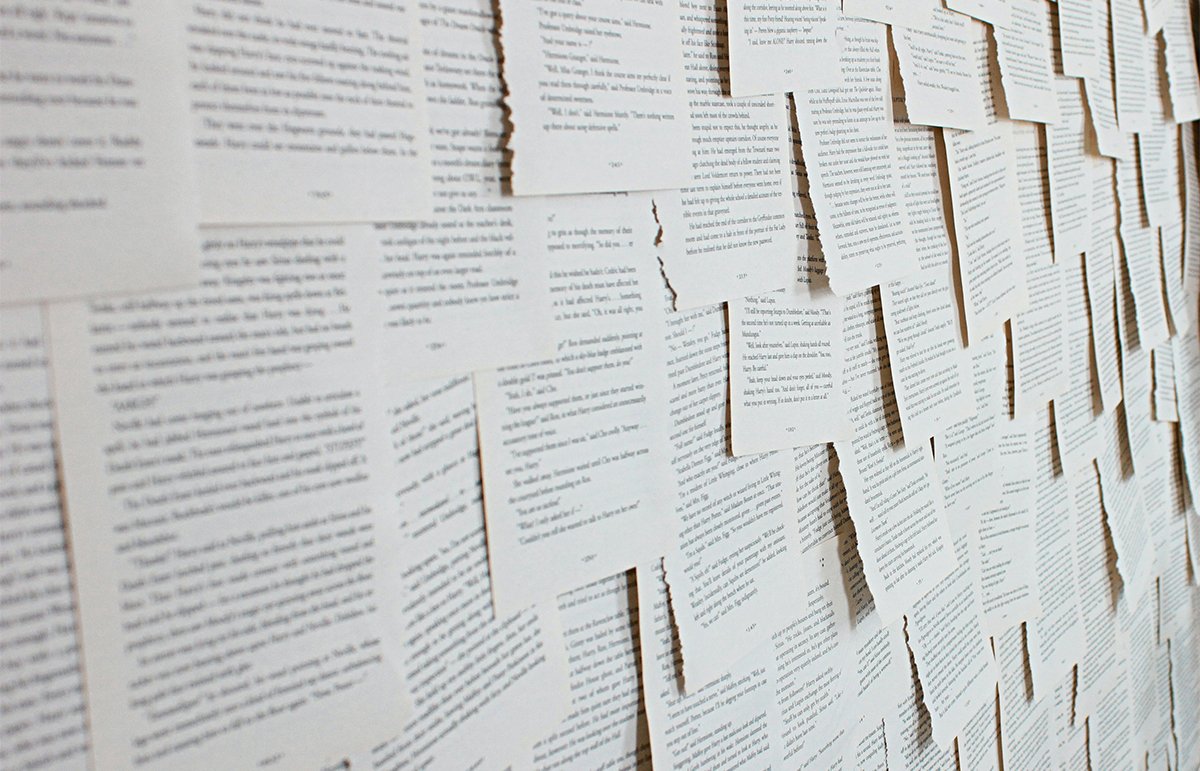
Understanding The Process
Resources to help you teach a five-step writing process.
Five Steps For Crafting Thoughtful, Well-Written Essays
-
1. Prewriting
-
2. Expanding
-
3. Revising
-
4. Proofreading
-
5. Polishing

How It Works
After learning about these writing steps, your students will feel more accomplished, pace themselves more effectively, and become accustomed to writing in stages.
You may choose to engage with all of these resources or include only brief pieces. If you have limited time, focusing on the first three steps will yield the greatest benefits in the quality of essays’ content.
Prewriting Activities
Get Ideas Onto The Page
Why Prewriting Works
Minimize Student Struggles
…by helping those with no ideas get started and helping those with many ideas choose their best path forward.
Jumpstart The Creative Work
…by separating the hardest parts of the writing process from the easier revising and editing work.
Shorten The Writing Process
…by helping students get over the “staring at a blank page” phase quickly.
Expanding Activities
Develop your ideas and add deeper meaning to essays
Why Expanding Works
Focus Students On Content
…by helping students expand their ideas meaningfully instead of defaulting to repeat words and adjusted margins.
Equip Students With A Toolkit
…by providing idea-expanding techniques that they might apply to any future writing.
Save Yourself Some Frustration
…by helping students develop their content now so you can avoid reading shallow, underdeveloped final drafts later.
Revising Activities
Make revision the step where most of the work occurs
Require little class time:
Why Revising Works
Clarify Underdeveloped Ideas
You may correctly diagnose their problems, but students might not know how to improve their final products without your help.
Encourage A Focus On Revision
Students’ writing will be better if they spend more time revising and less time drafting.
Always Encourage Revision
Introducing these techniques early in the year can reap rewards later.
Proofreading Activities
Identify and minimize surface errors
Why Proofreading Works
Establishes More Serious Writers
…by helping students feel more qualified to express themselves in writing.
Bolsters Confidence
…by showing students that poor proofreading isn’t poor writing.
Creates Disruption
…by forcing students to see their own work in new and unfamiliar ways.
Polishing Activites
Teach students to hone their own writing style
Why Polishing Works
Gives Students More Agency
…by showing them how language works and that they can control it.
Helps Students Hone Their Work
…by demonstrating how strong work can still be improved.
Minimizes Wordy Writing
…by increasing sophistication without altering meaning.







